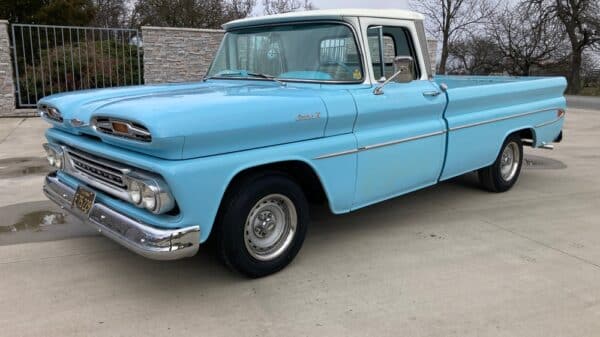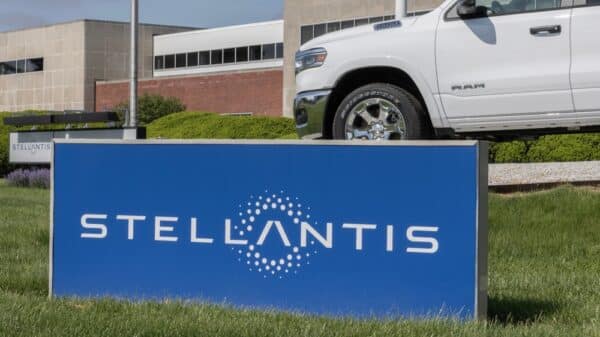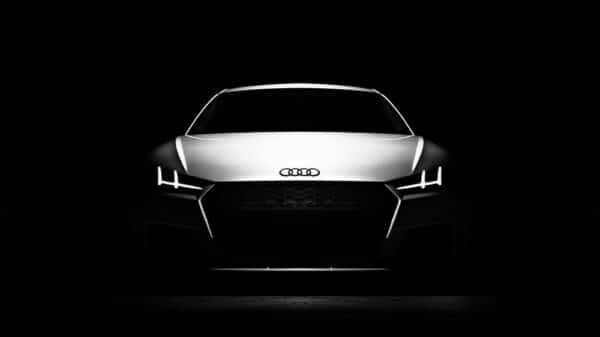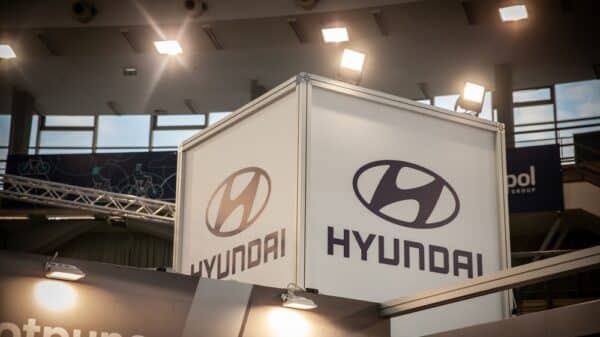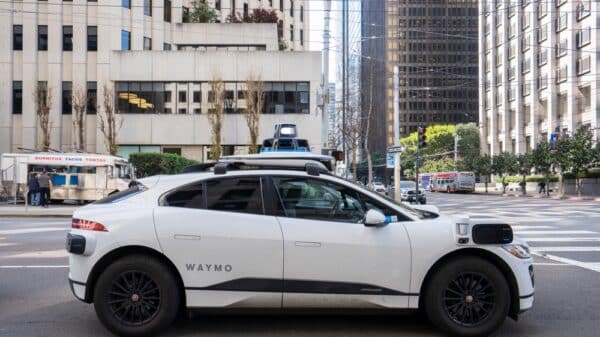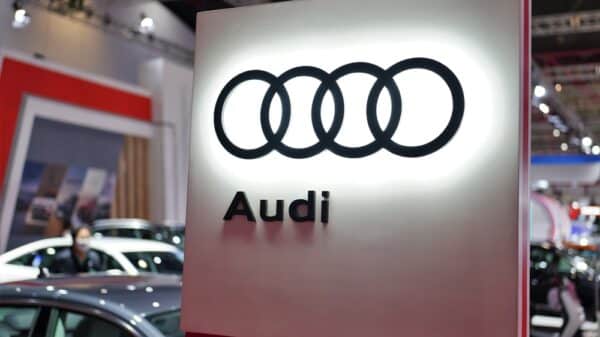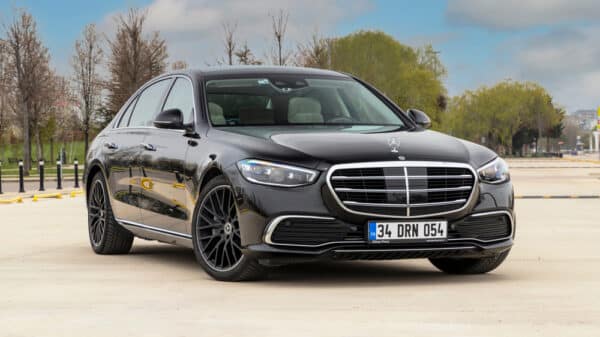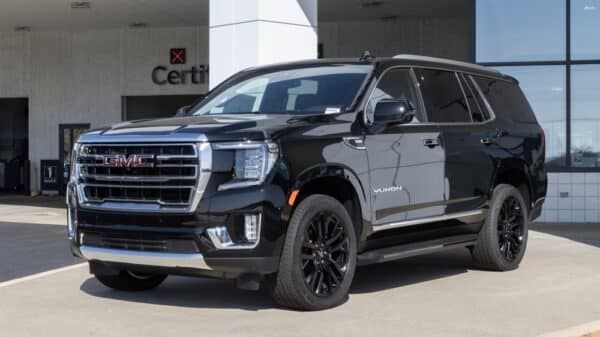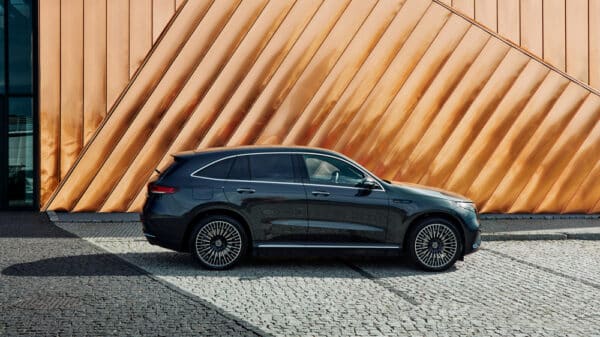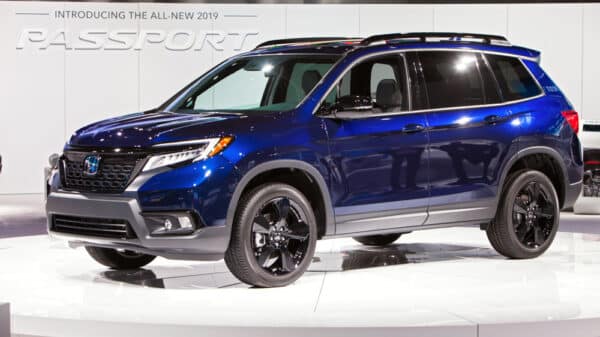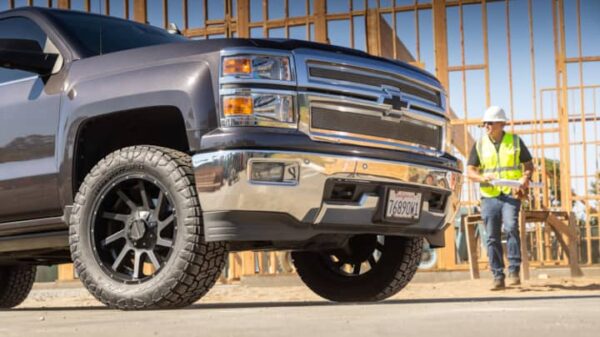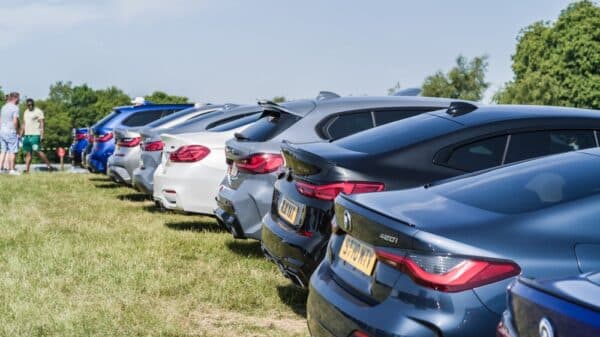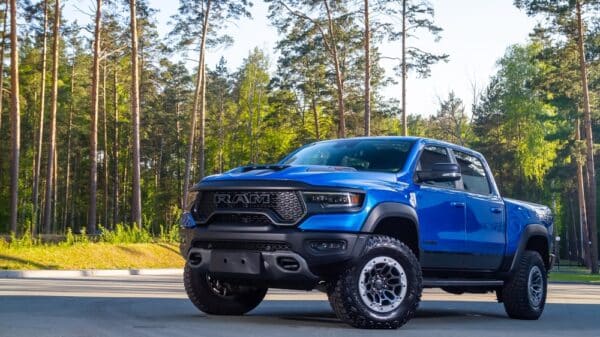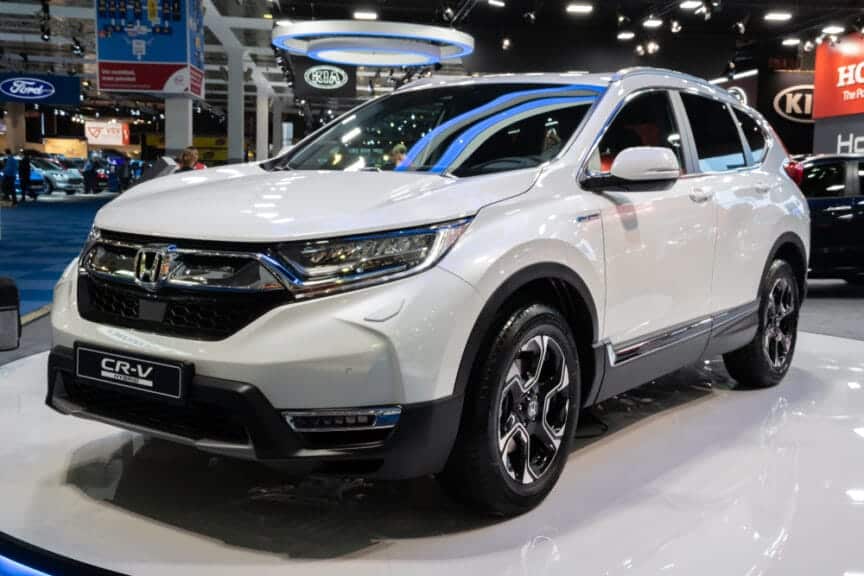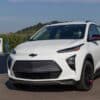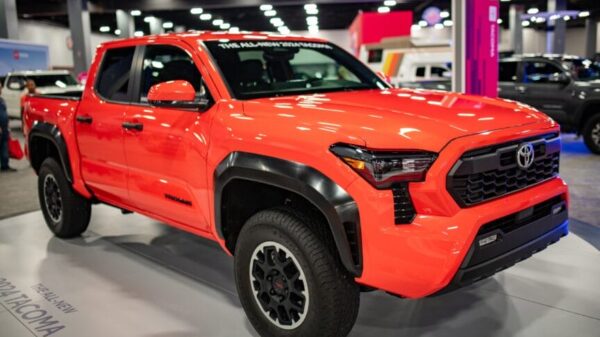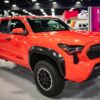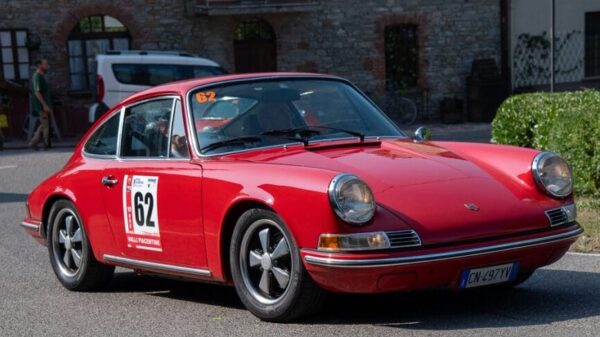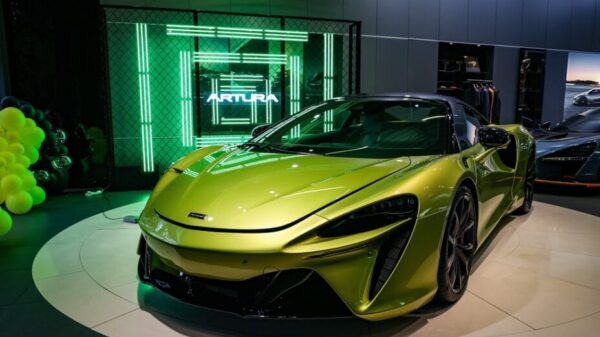Honda has consistently championed hydrogen fuel cell vehicles through models such as the FCX Clarity and the Clarity. These automobiles present a substitute to completely electric cars as they generate zero carbon emissions and can be refilled more rapidly than electric SUVs. Nevertheless, the lack of refueling infrastructure may pose challenges in owning a fuel cell vehicle, particularly if you are far from a refueling station.
Even though fuel cell vehicles have not garnered widespread acceptance among consumers, Honda and Toyota have remained committed to advancing hydrogen fuel cell technology. Honda’s strategy with respect to hydrogen fuel cell vehicles differs slightly from that of Toyota. The 2025 CR-V e:FCEV from Honda is a vehicle with restricted production plans, with intentions to manufacture only a limited number of units each year available solely for lease, in contrast to Toyota’s Mirai, which is up for sale.
The reason behind the limited production capacity is Honda’s emphasis on utilizing hydrogen for larger vehicles like trucks. Honda is of the belief that hydrogen-operated big rigs can return to the roads more swiftly when compared to completely electric trucks.
Honda perceives the CR-V e:FCEV as a trial platform for this technology, gathering real-world data to further refine it for forthcoming applications, especially in bigger commercial vehicles.
Regarding the powertrain, the CR-V e:FCEV is outfitted with a second-gen hydrogen fuel cell system, alongside a plug-in hybrid configuration offering 29 miles of electric range, thus decreasing the need for hydrogen refueling stations during daily commuting.
While the external design of the 2025 CR-V e:FCEV bears resemblance to the CR-V hybrid, several changes have been made to the front section, elongating it and fitting it with distinctive wheels and rear lights.
Internally, the CR-V e:FCEV boasts a completely digital instrument cluster and a push-button shifter. The rear seat might be slightly compromised due to the hydrogen tank beneath it, which leads to a load-bearing shelf creating a level cargo space.
Driving the CR-V e:FCEV initiates in EV mode and accelerates rapidly, shifting to “auto” mode to blend hydrogen fuel cell and electric powertrain operation. The handling and performance are akin to the CR-V hybrid, albeit with minor tweaks to accommodate the hydrogen tanks.
Honda’s decision to introduce a fuel cell vehicle based on its well-received CR-V model signifies a stride towards broader acceptance of hydrogen fuel cell technology. The CR-V e:FCEV will be assembled at Honda’s Performance Manufacturing Center in Ohio, setting the stage for potential future advancements in alternative fuel vehicles.
Image Source: VanderWolf Images / Shutterstock

